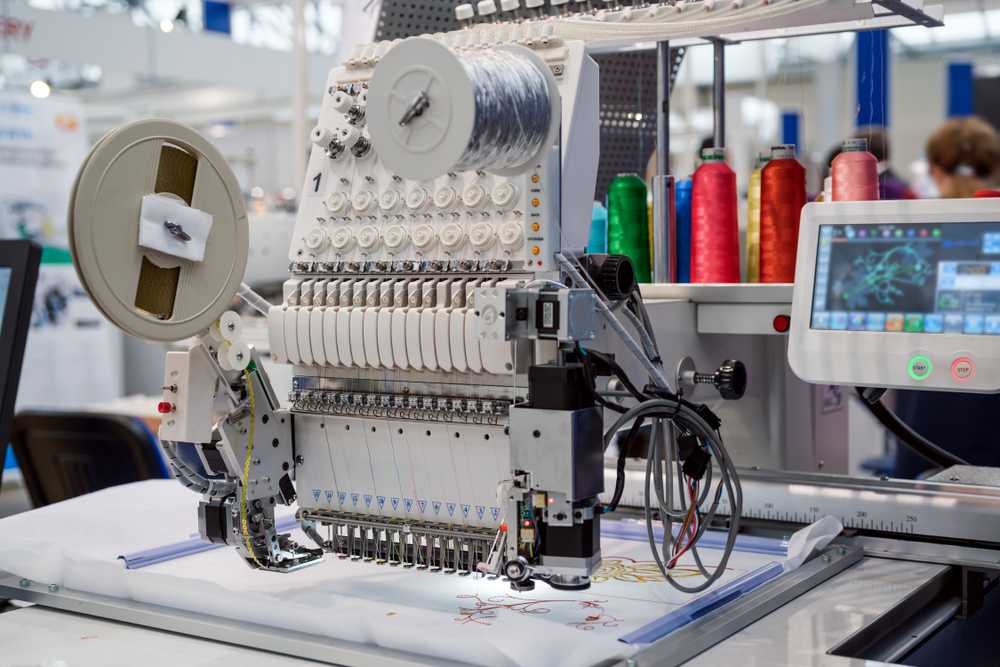Understanding the Needlework Digitizing Process: Your Ultimate Guide
Embroidery digitizing is a precise craft that needs accuracy and proficiency to equate intricate layouts right into digital layouts for maker needlework. As artisans get started on this journey to grasp the needlework digitizing process, an extensive understanding of the essentials establishes the foundation for excellence.

Comprehending Embroidery Digitizing Basics
Needlework digitizing essentials develop the foundation whereupon detailed styles are translated right into machine-readable formats for precise sewing. This first action in the needlework digitizing procedure is essential for guaranteeing that the final embroidered item is a faithful representation of the original design. Understanding embroidery digitizing basics involves comprehending vital ideas such as stitch kinds, stitch direction, thickness, padding, and draw compensation.
Sew kinds play a vital role in establishing the visual and textural end result of the embroidered design. By selecting the appropriate stitch kind, whether it be satin, fill, or running stitch, digitizers can attain the desired impact and boost the general top quality of the embroidery. Furthermore, stitch instructions affects the flow and measurement of the design, while thickness figures out the spacing and coverage of the stitches.
Furthermore, padding stitching gives security to the design by safeguarding the material and preventing distortion throughout the embroidery procedure. Pull settlement is one more important factor to consider to combat the natural tendency of textile to contract when stitched. Understanding these embroidery digitizing essentials is essential for creating professional-quality stitched items.
Selecting the Right Digitizing Software
Selecting the proper digitizing software is an important choice that considerably influences the performance and quality of the needlework digitizing procedure. Digitizing for Embroidery. When choosing the ideal digitizing software application, it is important to think about factors such as the complexity of styles you intend to create, the user-friendliness of the software application, the degree of customer support supplied, and the compatibility with your embroidery device
There are different digitizing software program options available in the marketplace, varying from standard programs for novices to innovative software program for professional digitizers. Some prominent options consist of Wilcom EmbroideryStudio, Hatch Needlework Software Program, and PulseID. These software packages provide a large array of devices and features to help you create complex layouts effortlessly.
Prior to making a choice, it is advisable to explore the different software options via cost-free tests or trials to establish which one ideal matches your demands. Additionally, reading reviews and seeking recommendations from experienced digitizers can give valuable understandings right into the toughness and weak points of each software (Digitizing for Embroidery). By meticulously evaluating your requirements and contrasting the attributes of different digitizing software, you can make an informed choice that enhances your needlework digitizing process
Digitizing Tools and Strategies

Optimizing Design Settings for Embroidery
Mastering the details of design setups is essential in attaining optimal outcomes in the embroidery digitizing process, structure upon the foundation laid by comprehending digitizing tools and methods. When maximizing style setups for embroidery, More Help it is necessary to consider elements such as stitch kind, density, rug, draw settlement, and registration. Registration setups straighten different aspects of the layout accurately, keeping overall style honesty.

Troubleshooting Common Digitizing Issues
When running into typical digitizing concerns during the needlework process, it is important to understand the source and carry out effective options promptly. One typical problem is stitch density problems, where stitches may be as well Continue thick, causing the material to tighten, or too sparse, causing voids in the design. Readjusting the stitch density settings in the digitizing software application can aid resolve this problem.
An additional frequent challenge is string breaks throughout the needlework procedure. This can occur because of different factors such as wrong stress settings, boring needles, or utilizing low-grade thread. Guaranteeing proper maintenance of the needlework device, consisting of regular needle modifications image source and stress adjustments, can minimize the incident of string breaks.
Additionally, style registration mistakes can cause misaligned components within the needlework layout. Examining the layout placement in the digitizing software program and making essential changes prior to sewing can assist in avoiding this problem. By dealing with these common digitizing issues promptly and effectively, you can ensure a smoother needlework procedure and high-grade ended up items.
Final Thought
In final thought, mastering the needlework digitizing procedure needs a solid understanding of the basics, the appropriate selection of software application, and understanding of tools and strategies. Maximizing style settings and repairing typical digitizing problems are essential actions in making certain high-grade needlework results. By following these actions carefully, one can achieve accuracy and effectiveness in the digitizing process.